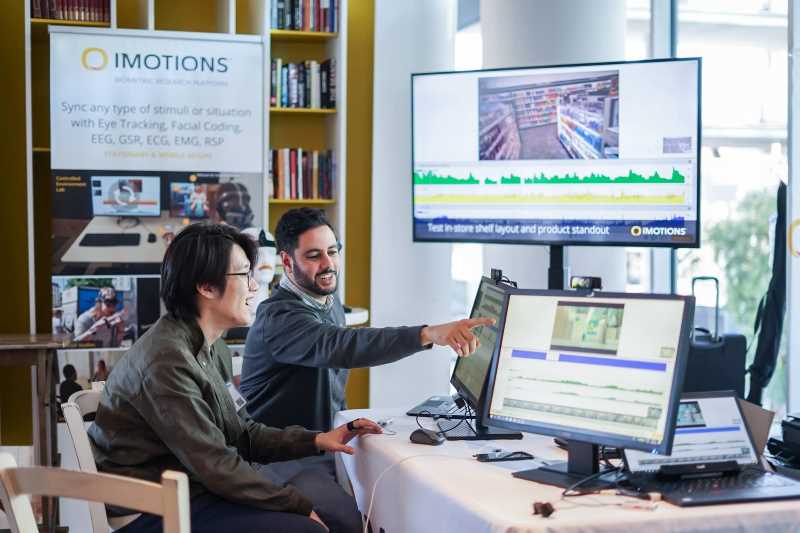Since the launch of online video portals in 2005, museums have encouraged visitors to upload and share their visits online. Although much has been written about visitors’ experiences in museums, very little exists on the impact virtual visits have on viewers. In this qualitative pilot study, a total of 2035 emotional reactions were recorded and analyzed after visiting 14 online museums using a facial expression recognition software. Following open and axial coding techniques, themes and subcategories emerged. Findings showed that while the background of the participant mediated how one experiences a museum online, certain architectural and exhibit attributes, if present, triggered similar emotions to those experienced in an in-person visit. Findings suggest that experiencing museums through online video portals may be as engaging as visiting museums in person-only if the creator captures a significant proportion of architectural details, transitioning of spaces and exhibits details. Further findings showed that facial expression software reveals what captures virtual visitors’ emotions, and what architectural and exhibit features keep them curious and engaged.







